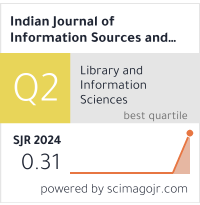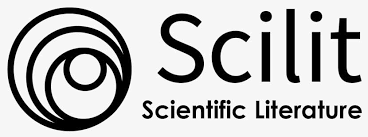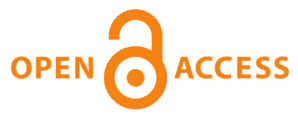Use of Libraries by Differently Abled Degree Students in Trivandrum District: A Comparative Study
DOI:
https://doi.org/10.51983/ijiss.2014.4.2.412Keywords:
Information, information seeking behavior, eresources, speech and hearing impaired students, National Institute of Speech and Hearing Library, Physically handicapped studentsAbstract
This paper is a study of the information seeking behaviour of Differently abled degree students in Trivandrum district. Two types of physically handicapped students are selected as sample. First are deaf students from National Institute of Speech & Hearing (NISH), and second is Physically Handicapped (Orthopedically) students from various colleges from the Trivandrum district. Questionnaire is used for data collection and percentage analysis is used for comparing the data. This study reveals that most of the deaf students locate their information by the help of the college librarian and most of the NISH students are satisfied with the present facilities given in the library. In the case of PH (O) students locate their information by the help of internet and most of the students are not satisfied with the present facilities given in the library.
References
Auster, E. (1982). Organizational behavior and information seeking lessons for librarians. Special Libraries, 73(30), 178.
Wilson, T. (2000). Human information behavior. Informing Science, 3(2), 49–55.
National Institute of Speech and Hearing. (n.d.). Retrieved from http://www.nish.ac.in
Wikipedia. (n.d.). Retrieved from http://www.wikipedia.org
Downloads
Published
How to Cite
Issue
Section
License
Copyright (c) 2014 The Research Publication

This work is licensed under a Creative Commons Attribution-NonCommercial-NoDerivatives 4.0 International License.









